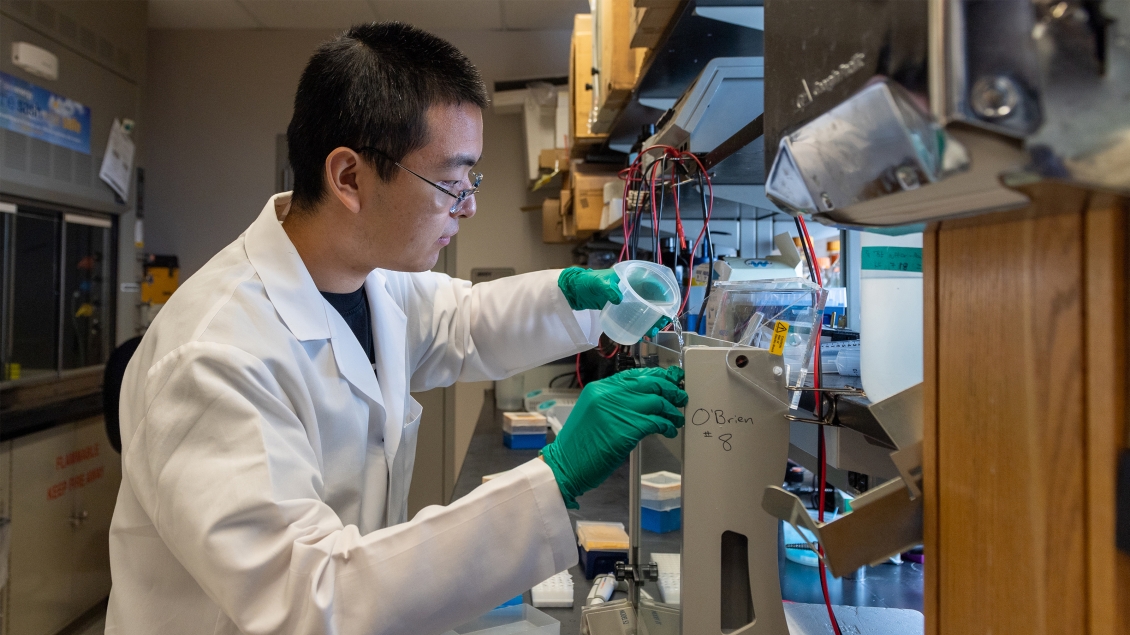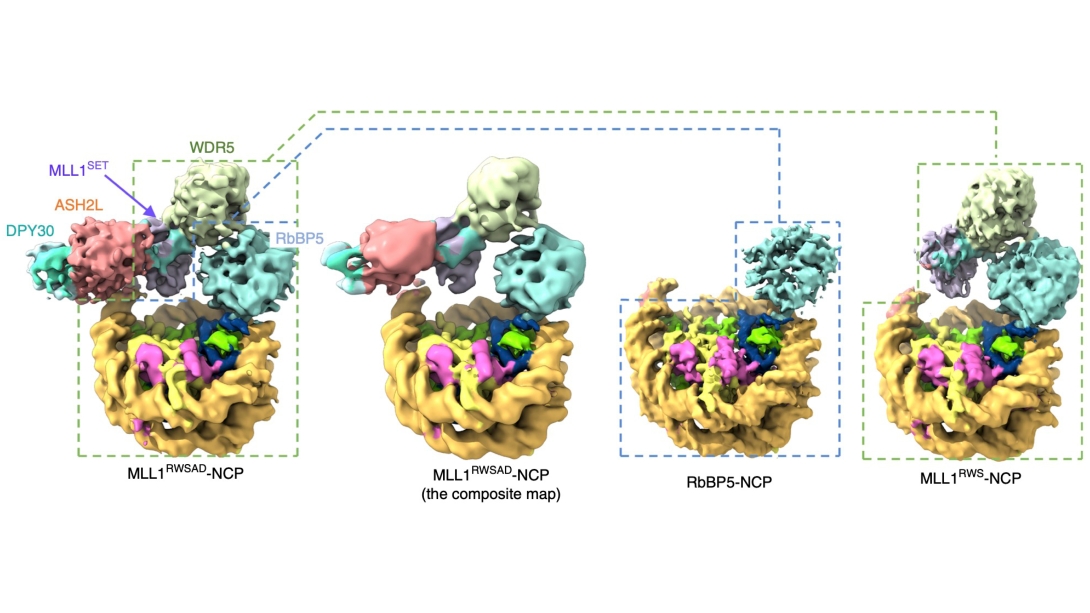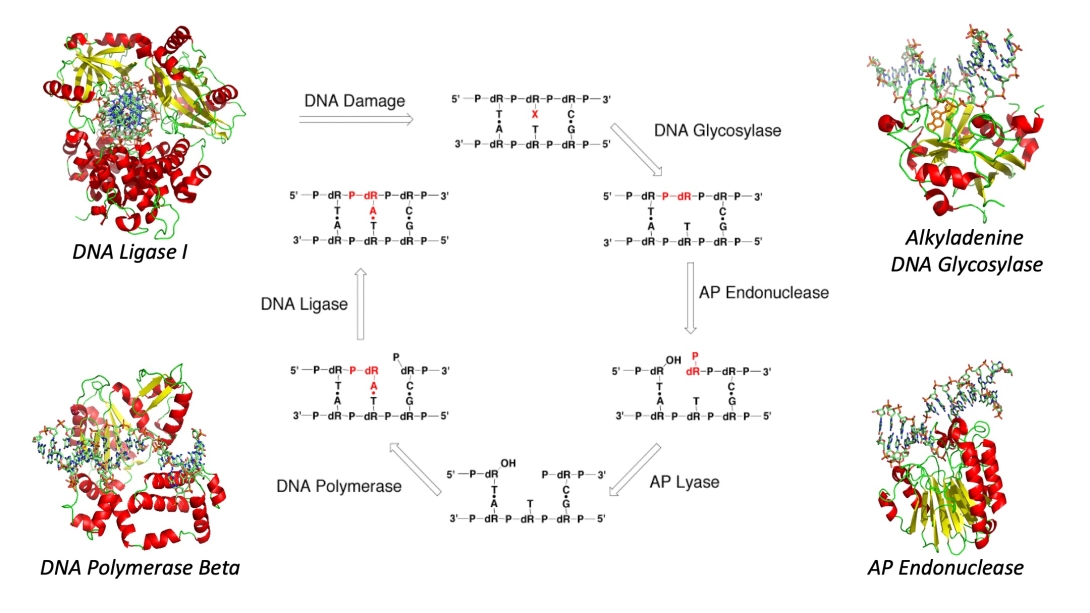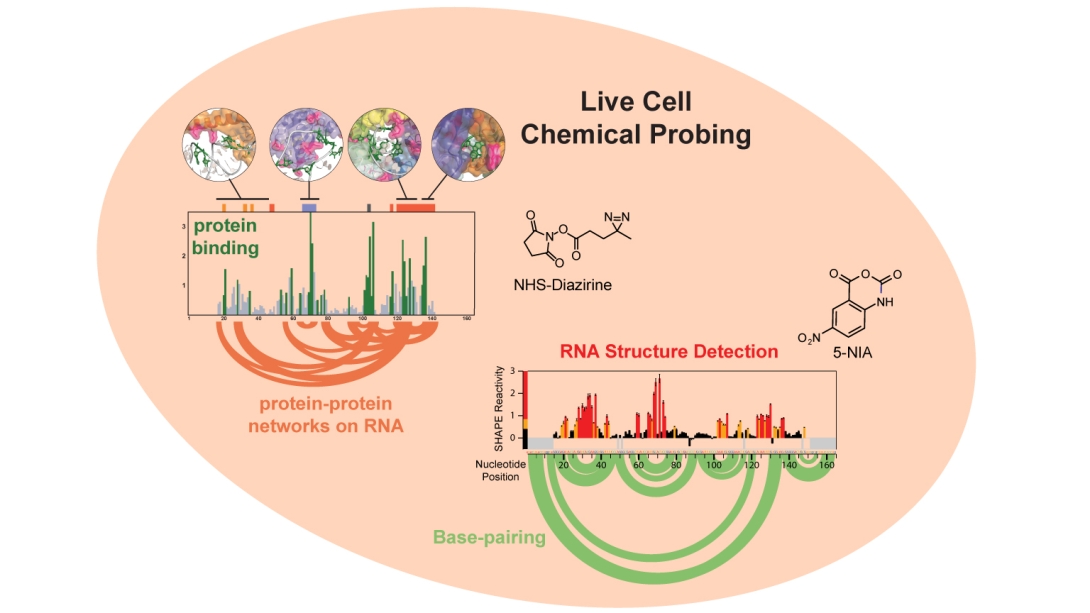
Many investigators in the department focus on how biological macromolecules function at the molecular and atomic level through a combination of modern biochemistry and structural biology.
Techniques to investigate the structure and dynamics of macromolecules include X-ray crystallography, cryo-electron microscopy, mass spectrometry, NMR and single-molecule studies, while their chemical behavior is being characterized by rapid-reaction and steady-state kinetics, calorimetry, chemical analyses and a variety of spectroscopies.
Proteins and nucleic acids are also being engineered to study how macromolecular structure determines function. Our researchers explore structure and mechanism to understand how macromolecules work at both a fundamental level and in the context of molecular pathways in the cell. Such knowledge could provide the basis for new medical treatments, pollution-control strategies and many other applications.
Ruma Banerjee, PhD
Chemical biology of hydrogen sulfide signaling; regulation of mammalian sulfur metabolism in health and disease; structural enzymology of human B12 trafficking proteins
Jay Brito Querido, PhD
Single-particle cryo-electron microscopy in combination with biochemical approaches to study how messenger RNA translation is regulated in human health and disease
Uhn-Soo Cho, PhD
Biochemical and structural studies of kinetochore assembly, histone chaperones, and Sestrin-mediated mTORC1 regulation
Michael Cianfrocco, PhD
Structural biology and biophysics underlying microtubule-based intracellular transport
Lydia Freddolino, PhD
High throughput structure-based function prediction, optimal use of cross-linking mass spectrometry for structure determination, structural genomics
Tobias Giessen, PhD
Structure, function, and engineering of large protein assemblies
James Morrissey, PhD
Biochemistry of the human blood clotting system; structural studies of protein-membrane complexes
Patrick O'Brien, PhD
Biochemical, biophysical, and structural approaches to understanding mechanisms of human DNA repair
Bruce Palfey, PhD
Enzyme reaction mechanisms and inhibitor design, with a focus on therapeutically important flavoproteins
Stephen Ragsdale, PhD
Molecular mechanisms of enzymes involved in metabolism of energy-relevant and greenhouse gases (CO, CO₂, methane), heme, and methylmercury; mechanisms of nickel, B12, heme, and iron-sulfur enzymes
Janet Smith, PhD
Structure-function studies of proteins using X-ray crystallography, with an emphasis on complex enzymes and the replication proteins of flaviviruses and alphaviruses
Raymond Trievel, PhD
Chemical and structural biology of enzymes that covalently modify histones, transcription factors, and other nuclear proteins; current research focuses on elucidating the molecular mechanisms underlying the specificities of histone methyltransferases and demethylases and on developing new assays and reagents to characterize them
Chase Weidmann, PhD
In-cell chemical probing to learn about RNA structure and ribonucleoprotein (RNP) networks that govern cellular function and dysfunction
Zhaohui Xu, PhD
Structural biology and molecular mechanisms of protein folding and trafficking in eukaryotic cells
Herman Fung, PhD
Structural and cell biology approaches to study the spatial organization of chromatin and how its dynamic structure underlies organismal development
Neil Marsh, PhD
Structure and mechanism of radical S-adenosylmethionine-dependent enzymes, enzymes in hydrocarbon biosynthesis and degradation, design of self-assembling protein nano-cages
Shyamal Mosalaganti, PhD
Applying cryo-electron tomography and other biochemical and cell biological methods to understand how lysosomes perform their functions, undergo repair, and communicate with other organelles to maintain cellular fitness
Nils Walter, PhD
Powerful single molecule studies of mechanistic structure-dynamics-function relationships in RNAs of biomedical and bioanalytical significance; current work ranges from small bacterial riboswitches to RNA-protein complexes involved in human disease
Morgan DeSantis, PhD
Assembly, cargo transport function, and regulation of microtubule-associated motor proteins
Ajit Joglekar, PhD
Cell biology, biophysics, and biochemistry of mitosis
Sarah Keane, PhD
Investigation of RNA structure, function, and folding using NMR spectroscopy and other biochemical and biophysical techniques
Nicole Koropatkin, PhD
Molecular details of carbohydrate recognition and uptake by human gut bacteria
Markos Koutmos, PhD
Structure, function, and dynamics of proteins and RNAs
Kristin Koutmou, PhD
RNA modifications and their effect on gene expression
John Moran, PhD
LINE-1 retrotransposition: molecular mechanism and effect on the structure and function of human genomes
Jayakrishnan (JK) Nandakumar, PhD
Applying biochemistry, cell biology and X-ray crystallography to understand the roles of telomerase and telomeres in cancer, aging, and meiosis
Melanie Ohi, PhD
Structural and functional studies of dynamic molecular machines using single particle cryo-electron microscopy, biochemistry, and genetics
Brandon Ruotolo, PhD
Development of new tools and methods for determining the three-dimensional structure and stability of proteins and multi-protein assemblies important in biology and medicine
Emily Scott, PhD
Structure and function of cytochrome P450 enzymes that are drug targets or involved in drug metabolism
Anthony Vecchiarelli, PhD
Molecular mechanisms underlying the subcellular organization of bacterial organelles

The cryo-EM structure of the human Mixed-Lineage Leukemia 1 (MLL1) core complex bound to the nucleosome is an example of work by the Cho lab to understand how epigenetic regulators modulate the nucleosome.

The Cianfrocco lab focuses on the structural biology and biophysics underlying microtubule-based intracellular transport.

Structures and mechanisms of enzymes involved in human DNA base excision repair are under investigation in the O'Brien lab.

The Weidmann lab uses in-cell chemical probing to learn about RNA structure and ribonucleoprotein (RNP) networks that govern cellular function and dysfunction.